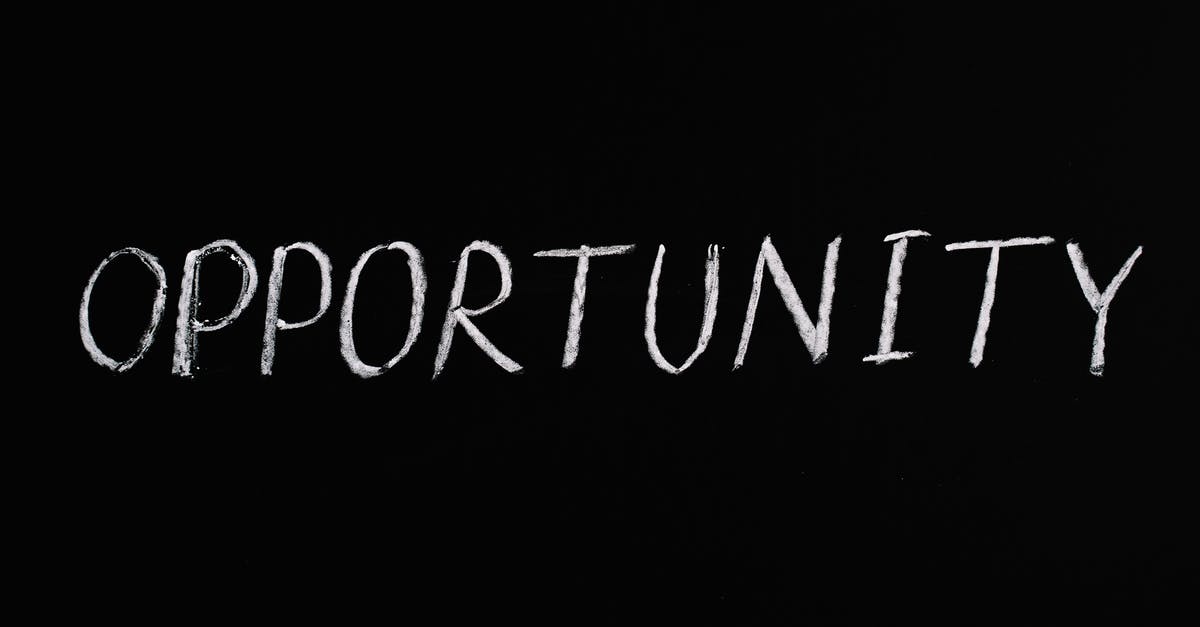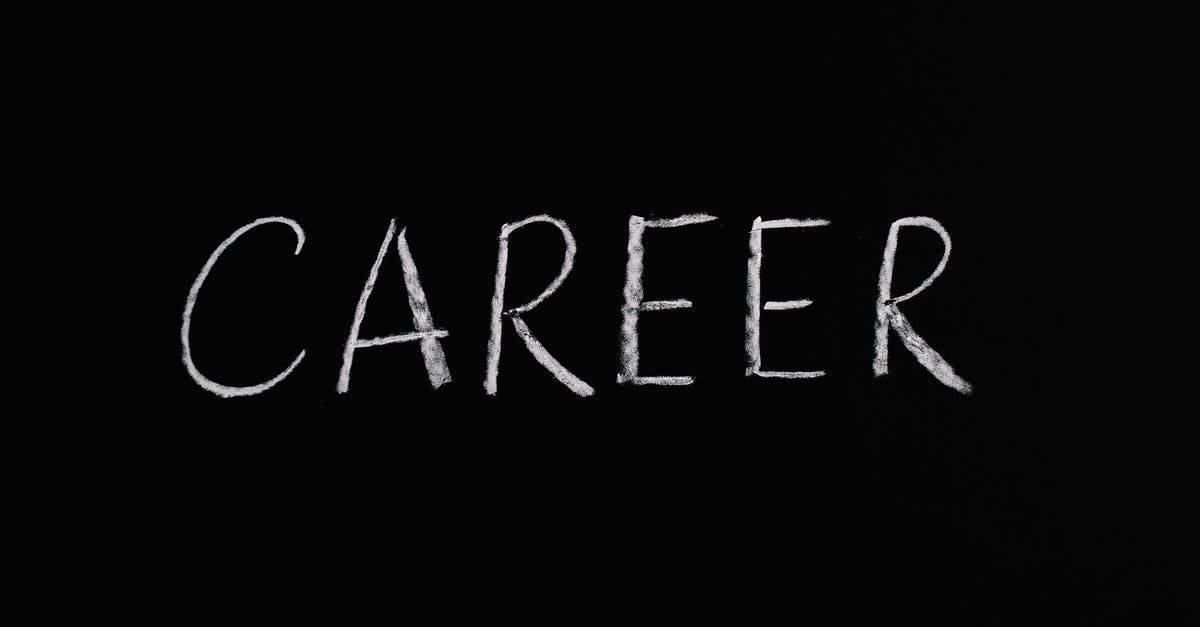How did they make Hitler disappear in "Your Job in Germany"?

In "Your Job in Germany", at approximately 1:22, Hitler, who was standing behind a podium giving a speech, fades into blackness, but the podium itself remains.
IMDB credits Adolf Hitler as himself, which, if correct, would rule out filming with an actor, and then filming without the actor, and fading from one to the other.
Given that it was made in 1945, how did they achieve this?
The film has some other fading out of items immediately subsequent to it, but none of them seem as hard to achieve as Hitler disappearing.
Best Answer
None of those effects were beyond the abilities of 1945 movie making. Today we call it photoshop or CGI, back then it was called airbrushing or retouching. Changing the set would have been too obvious, but they could have printed the relevant frame, removed Adolf, photographed it and done a standard fade from one to the other. The concentration camp a couple of scenes later would have taken a while but the artist would have said "no problem". The whole thing is a lot easier in monochrome.
This wasn't new in 1945 - Stalin was altering history like this before the war. Search for Nikolai Yezhov - shot in 1940, removed from official photos shortly afterward, possibly one of the inspirations for Orwell's 1984.
Pictures about "How did they make Hitler disappear in "Your Job in Germany"?"



Your Job in Germany, 1945
Sources: Stack Exchange - This article follows the attribution requirements of Stack Exchange and is licensed under CC BY-SA 3.0.
Images: Yan Krukov, Anna Tarazevich, Monstera, Anna Tarazevich
